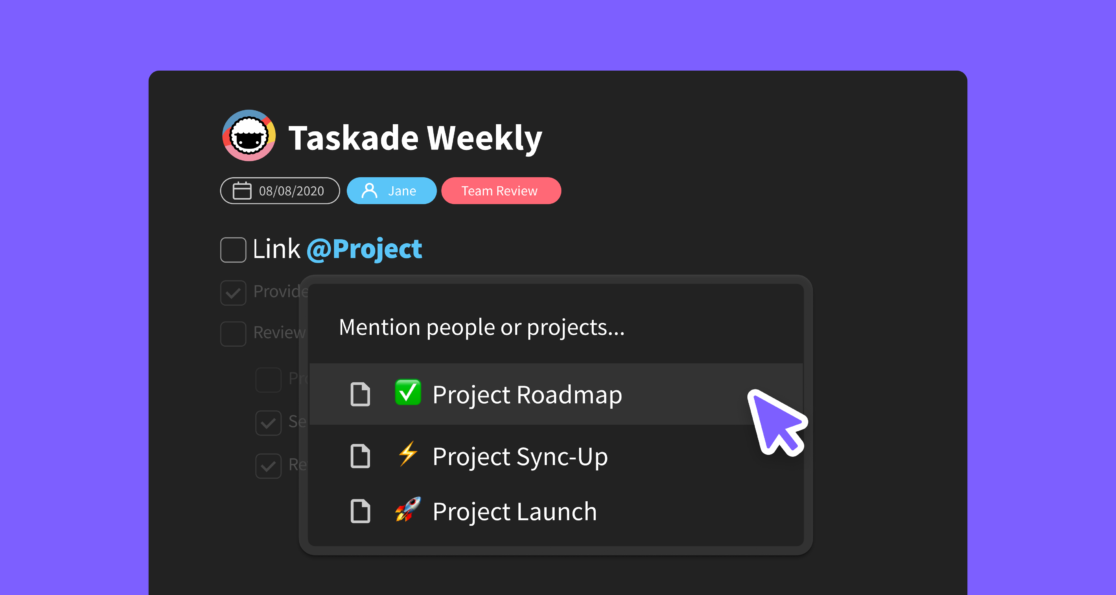

❌ Mitigate risk as part of risk management.💬 Ensure effective communication on all levels.🌟 Choose people with the right skills for the job.👥 Allocate internal and external resources.🗓️ Define schedules for tasks and dependencies.


Where do we start? What resources and tools will we need? How long will the project take? How much will it cost? And most importantly, what does “success” mean? ” This quote by the famed management educator Peter Drucker perfectly captures what the world would be like without project management. “Trying to predict the future is like trying to drive down a country road at night with no lights while looking out the back window. This led to the publication of the Project Management Body of Knowledge (PMBOK).Īnd the rest, they say, is history. In the 1980s, the Project Management Institute set out to integrate existing PM strategies. It culminated with two PM tools: The Program Evaluation and Review Technique (PERT) developed by the Booz-Allen & Hamilton Corporation and The Critical Path Method (CPM), both still in use today. The “scientific” approach to work continued to grow throughout the 50s and 60s. Gantt’s revised design, however, became more popular in the Western World, so the name stuck. 💡 Project Management Trivia: The original concept for the Gantt chart was a brainchild of a Polish engineer Karol Adamiecki (1896). It was quickly adopted in many industries and used for projects like the construction of the Hoover Dam which employed over 5,000 workers between 19. The Gantt chart was a breakthrough tool for visualizing project schedules in the form of a bar chart. The Original Gantt Chart by Henry Laurence Gantt (1) If the name sounds familiar, it’s because in the early 1900s Gantt developed (surprise, surprise) the Gantt chart. Some sources point to an American engineer Henry Laurence Gantt. So, when did project management, a discipline, formally start? But the core premise-managing time, people, and resources-hasn’t changed all that much over thousands of years. Sure, we didn’t have the project management tools and frameworks we have now. The pyramids, the Great Wall of China, and the famous Roman roads all took coordinated efforts of thousands of people to complete. People have been managing projects for centuries. It also helps project teams meet customers’ expectations while staying within a set timeline and budget. Project management aims to reduce friction across those phases. But regardless of the industry, projects usually unfold in four distinct project phases:
#Taskade guide software
These days, we think of project management mostly in the context of software development. Think a 1,300-foot container ship, a residential building, or… the International Space Station (ICS) that cost $150 billion to build.

The “value” can be represented by physical products like a notebook, a digital service like a music-streaming app, or something of a much larger scale. The Project Management Institute defines project management as “the use of specific knowledge, skills, tools and techniques to deliver something of value to people.”


 0 kommentar(er)
0 kommentar(er)
